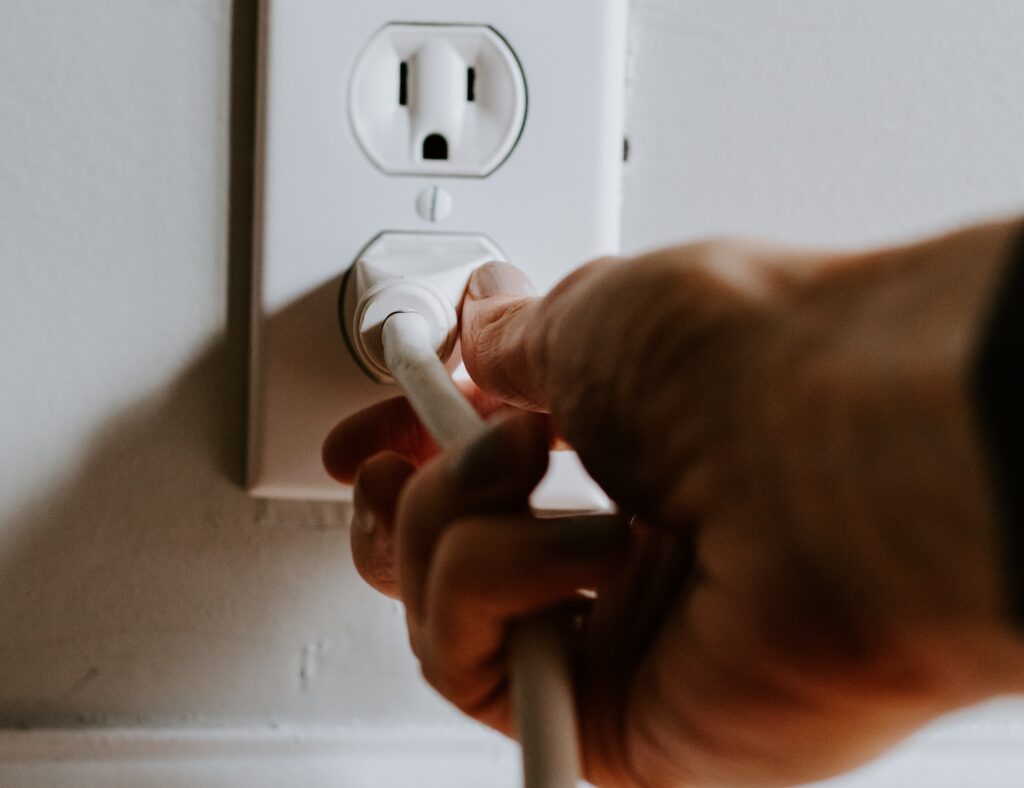
It is important to know the terms used to describe electrical safety in buildings. This article looks at the dangers of electrical installations, how to detect them, how to protect people from electric shock, and how to use residual current devices to protect themselves. This article is intended to assist those responsible for electrical safety on construction sites.
Electrical installation hazards
Electrical installation hazards on buildings are often caused by improper wiring and inadequate insulation. These hazards increase the risk of electric shock and fire. Workers should always use insulated tools and work under cover if the weather is wet. They should also only use appliances that are protected by an RCD. These electrical hazards are serious enough to merit a safety inspection from a qualified electrician.
Workers should avoid working near overhead power lines. These cables carry high voltages and can cause major burns and even electrocution. It’s important to ensure that all equipment is kept 10 feet or more away from powerlines. It is also necessary to conduct a site survey and ensure that no equipment is stored under powerlines. Safety barriers should also be placed to warn non-electrical workers about the risks.
Electrical installation hazards on buildings can cause injuries if they are not installed properly. A person can be electrocuted by contact with electricity, which can lead to cardiac arrest. People should always use protective gear while working with electrical equipment to reduce the risk of electric shock.
Methods of detecting electrical faults
Methods of detecting electrical faults on structures include using voltage signals to calculate quantities as features. For example, Khorashadi-Zadeh calculated the ratio of the maximum absolute values of two different phases’ currents, and Gracia et al. calculated the ratio of the amplitude of the zero sequence current to the amplitude of the positive sequence current. These measurements can be used to detect the location of the fault.
Detection algorithms can also be used to determine when faults occur. The frequency characteristics of voltage and current signals can change dramatically during a fault. In the case of high-impedance faults, the current changes are more difficult to measure. To compensate for the problem, detection algorithms have been developed that use nontraditional signal components.
Short circuits are common electrical faults, but can be hard to spot. They occur when the insulation around a conductor breaks down. When this happens, an excessive amount of current is flowing, which can cause other components in the circuit to operate unintentionally. These faults can also affect the function of circuit breakers and fuses.
Methods of protecting workers from electric shock

Electric shock is one of the most serious safety risks on the job, and can be avoided by utilizing methods to prevent it. These include equipotential zones, insulating equipment, and limiting the work area. Although these methods can protect workers, they are not foolproof. The level of risk depends on how much current is passed through the body, how long it remains in the worker’s body, and the surrounding conditions.
Electric shock can result in a variety of injuries, ranging from a tingling sensation to cardiac arrest. For a 60-cycle hand-to-foot path, the chart below shows the relationship between the amount of current and the degree of injury. Moreover, electric equipment can produce sparks, which may ignite explosive vapors.
Electrical hazards are present on every construction site. They can occur during the construction or demolition of buildings, and safety precautions must be adhered to across the site. Here are 8 important safety guidelines that all workers should follow:
Protection against electric shock through a residual current device
Residual Current Devices, or RCDs, protect against electric shock and fires by monitoring the flow of electricity. They detect very small imbalances in circuits and cut off power before anyone feels any impact. There are many different types of RCDs.
Residual Current Devices are electrical safety devices that are installed on buildings to protect people from electric shock. When properly installed and maintained, they provide high levels of personal protection from electric shock. In many cases, RCDs can prevent workplace fatalities and injuries. However, not all buildings are equipped with these safety devices. In addition, not all households install them. This is due to lack of relevant regulations.
Residual Current Devices must be tested at least once every three months to ensure that they are operating properly. These devices are tested by qualified electricians using calibrated equipment to ensure that they are not overly sensitive to electric shocks. When these devices fail to meet the regulations, companies can face fines. Fortunately, most RCDs are highly reliable. They will reduce the risk of electric shock and fire due to faulty wiring.
